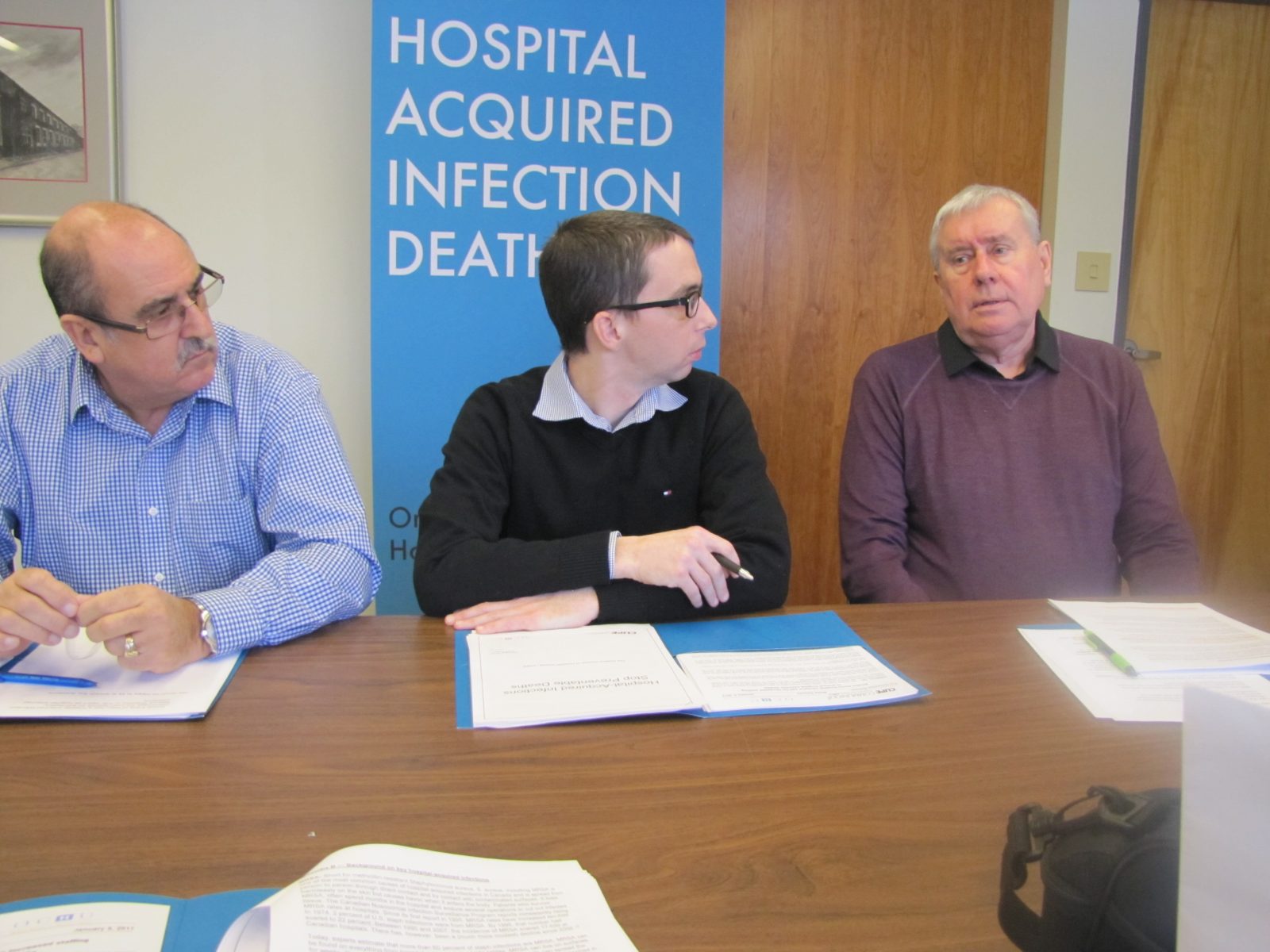CORNWALL, Ontario – Members of the Ontario Council of Hospital Unions (OCHU) a division of the Canadian Union of Public Employees (CUPE), were in Cornwall to kick off a campaign to fight the dangerous rates of hospital acquired infections in Ontario.
The campaign is a part of a report released by CUPE on Thursday which highlighted a high rate of hospital acquired infections (HAIs) in Ontario.
According to the report, in Canada there are approximately 200, 000 HAIs every year and of those, 8, 000 die.
Ontario accounts for nearly half of all deaths from HAIs in Canada at 3, 200 per year.
“When the UK tackled this problem their Minister of Health said that if planes were dropping out of the sky killing thousands every year, they would ground all planes,” said Michael Hurley, OCHU/CUPE President. “The healthcare industry is being very complacent about these deaths.”
The report puts the death rate for HAIs ahead of heart attacks and car accidents as the leading cause of preventable death in Ontario.
“Overcrowded hospitals and insufficient staff hampers our efforts to keep up with the cleaning and sterilizing of patient rooms and common areas. Housekeepers fear the cuts create too many opportunities for the spread of infection,” said Nicholas Black a hospital cleaner in the Medical Surgical Unit of the Temiskaning District Hospital.
Ways to reduce ways of infection cited in the report include increasing staff, intensifying cleaning and ending the over use of anti-biotics which can lead to the creation of anti-biotic resistant superbugs.
The report also suggests to keep hospital capacity at 85 percent in Ontario to prevent overcrowding. The average occupancy of an Ontario hospital currently sits at 97 percent.
To implement these changes, CUPE are asking that the province increase healthcare spending on hospitals.
Ontario is the Province which spends the least on hospitals, deaths from HAIs are also 8 percent higher in Ontario than they are in the Western Provinces that spend the most on hospitals.
“The last time I spoke with the Minister of Health he said that he was sympathetic to our cause (of more hospital funding), but that we would have to lobby his colleagues to get them on board,” said Hurley. “The Cornwall Hospital for example is under a defacto funding freeze, but because of increases in the cost of expenses, the hospital has had to effectively cut its budget.”
CUPE is also asking that the province start reporting all hospital infection outbreaks and to end the privatization of hospital environmental services which they say leads to dangerous decisions that put profit over safety.



